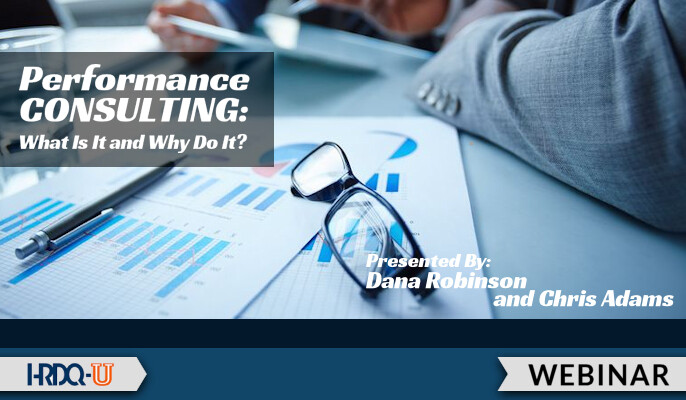When first assigned to support a business unit, identify the business leaders who meet these criteria. Your goal is to be on their radar screen when they have a project that involves changing human performance or achieving business goals. Frequent contact with them is essential to maintaining your awareness of projects just over the horizon. This enables you to be proactive in the work you do to support client needs.
You gain access by initiating contact with the ‘target’ business leaders and setting up a time to meet with them. In these meetings, discuss their business goals and challenges, not their learning or HR needs. Focus on the business goals they need to accomplish and the factors that will help or hinder goal accomplishment. Although you may mention the services of your department, do not make that the primary focus of the discussion.
By focusing on your client’s goals, you demonstrate you are interested in and knowledgeable about that business. This way, the client sees you as a resource for achieving business goals rather than an individual who provides learning or HR solutions. We are reminded of an organizational officer who, on concluding this type of conversation with a performance consultant, remarked, “I get it. You want to learn about my needs and how you can support me rather than asking me to learn about your services and how I can use them.”
Credibility
Credibility is a client’s confidence in your capability to deliver results to the business. When you have developed credibility, clients are confident you will deliver the agreed results to their organization. Your clients are certain the actions you take will have a positive impact on employee performance and business results. To gain this credibility, position yourself as a person who has a deep understanding of your client’s business goals, challenges, and strategies. Knowledge of the business-of-the-business is mandatory for anyone in the Talent and HR group who seeks to work strategically with leaders.
Your credibility will increase when you demonstrate your willingness to share accountability for achieving business results and performance change. Show that you expect to be judged on results, not just the implementation of solutions. Demonstrate this in conversations with your client by linking your activities within the project to the business results the client must achieve. A successful performance consultant is a businessperson who happens to specialize in the human side of the business.
A critical skill for building credibility is to ‘connect the dots’ within and across the business unit. One performance consultant described it this way: “I talk about initiatives occurring in another part of the business and raise questions about the implications of those initiatives for this business I am supporting.” When connecting the dots, you demonstrate that you see how the project impacts not only your client’s business but also other parts of the organization.
Trust
Trust is your client’s confidence in your integrity and reliability to achieve results in support of the business. You have developed trust when your clients are confident that your moral and ethical code supports the values of the business and reflects how you will implement projects for which you are accountable. When trust has been developed, clients believe that the actions you take will be in the best interest of the organization.
Often, when conducting a performance analysis, you may uncover information that is embarrassing or even detrimental to the organization. Your client must have confidence that you will manage this information in a manner that is helpful to the organization. As one performance consultant said: “I try to be a model of our culture’s values and norms.”
You will know you are trusted when your clients seek your advice and share confidential information. You will find you become a sounding board for sensitive issues. Clients will value your ability to look at issues with a ‘performance viewpoint’ and share your opinions and perspectives, even when they are different from those of the client. “I see [my consultant] as a straight-shooter,” said a line manager. “She objectively discusses the issues and draws conclusions that I respect.”
Summary
Performance consultants want to have an impact on both employee performance and the operational goals of the organization. To have this level of impact requires that performance consultants work as partners with business managers. While it takes time and determination to form these partnerships, this is the only way to ensure you will be at the table contributing to strategic decisions and contributing to strategic results. Our webinar, The ACT Model for Strategic Partnering will help you with this.
















